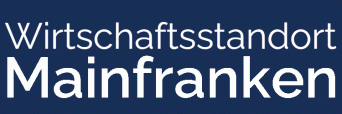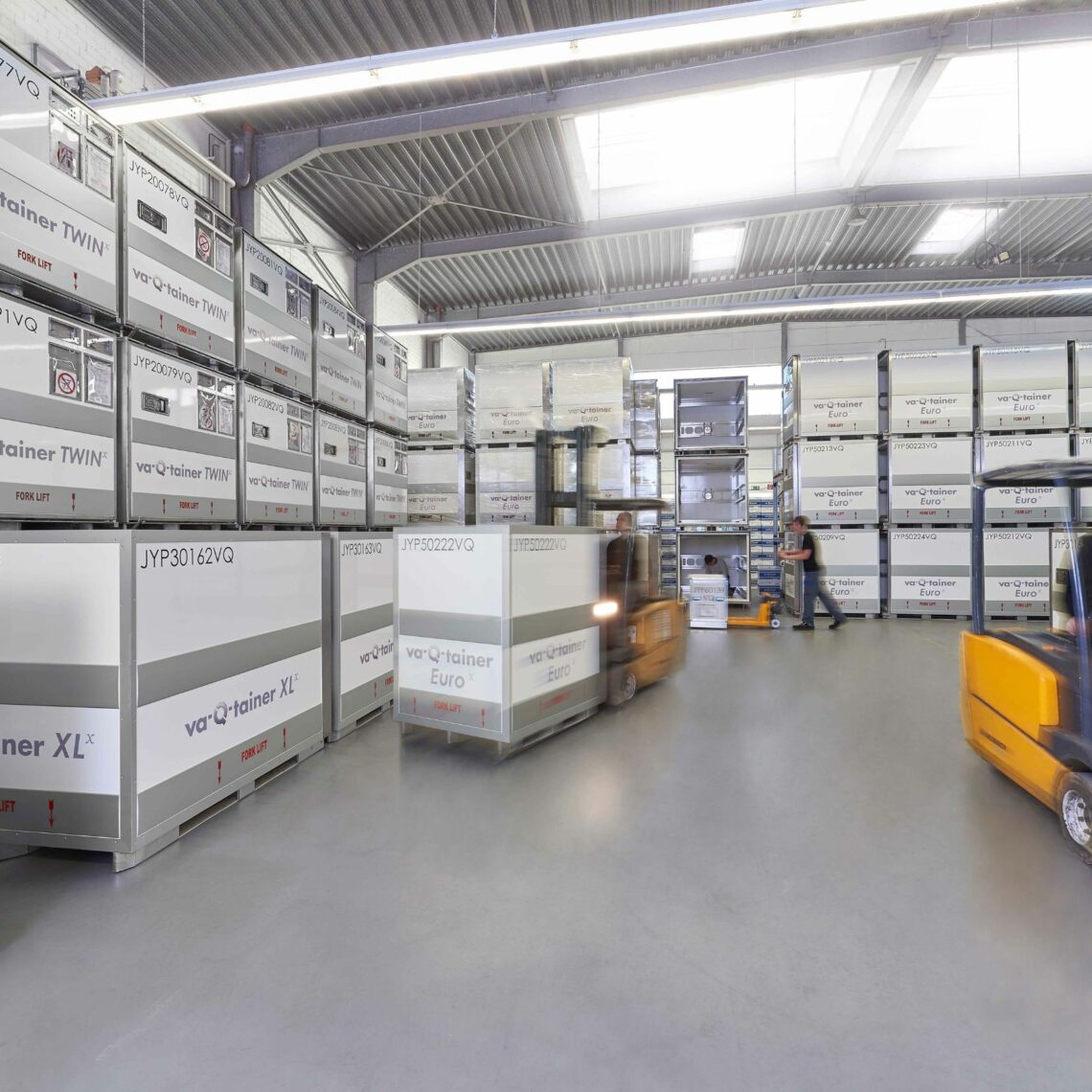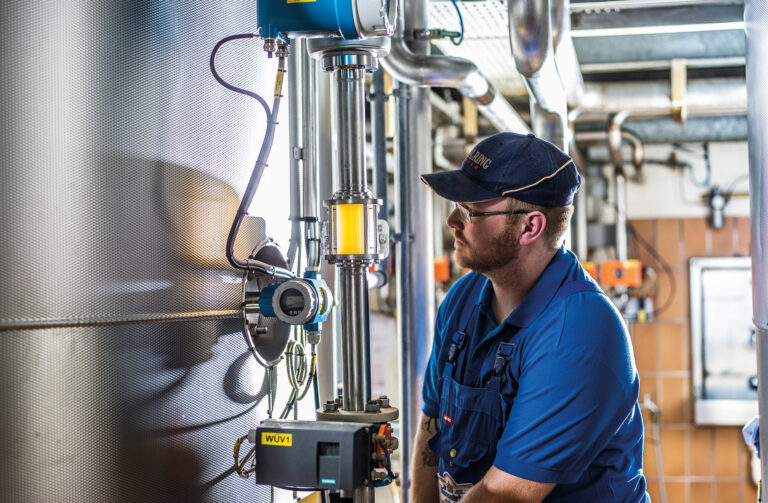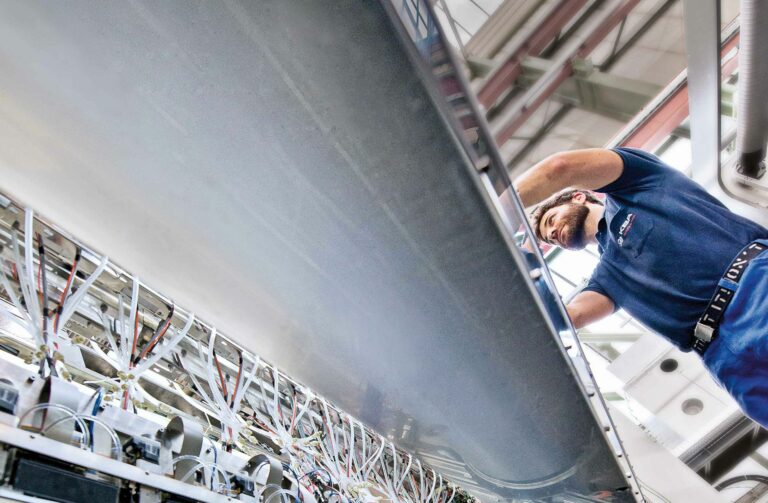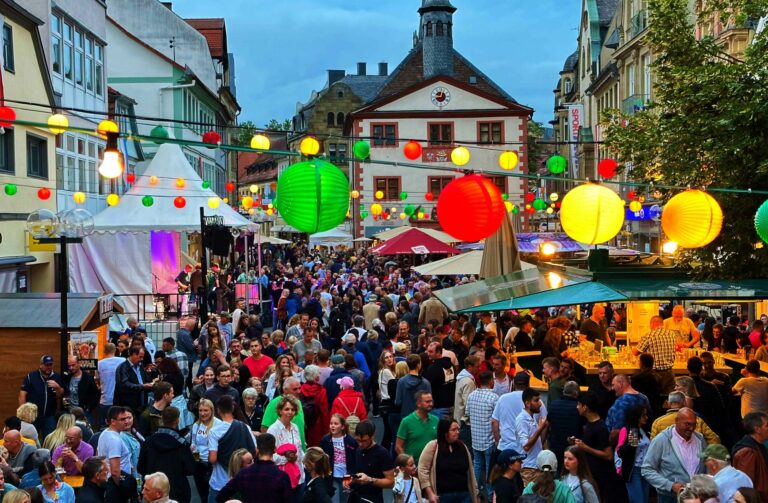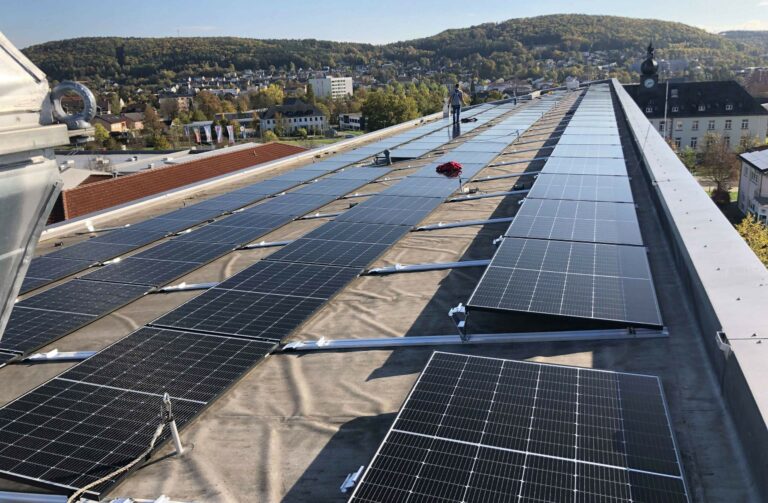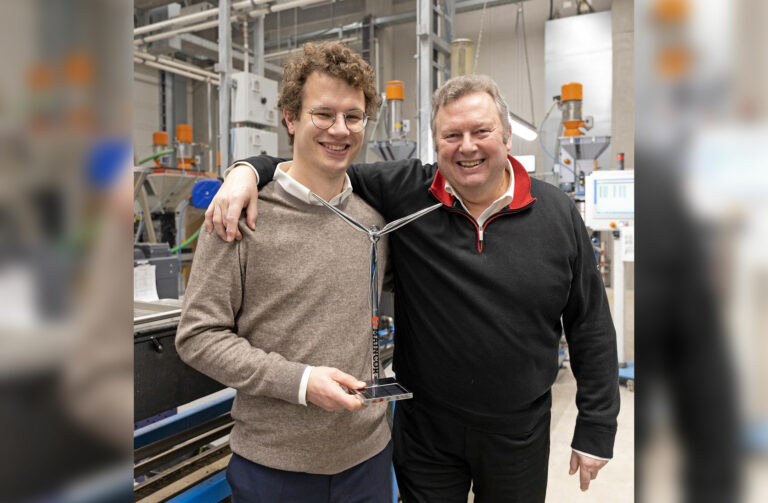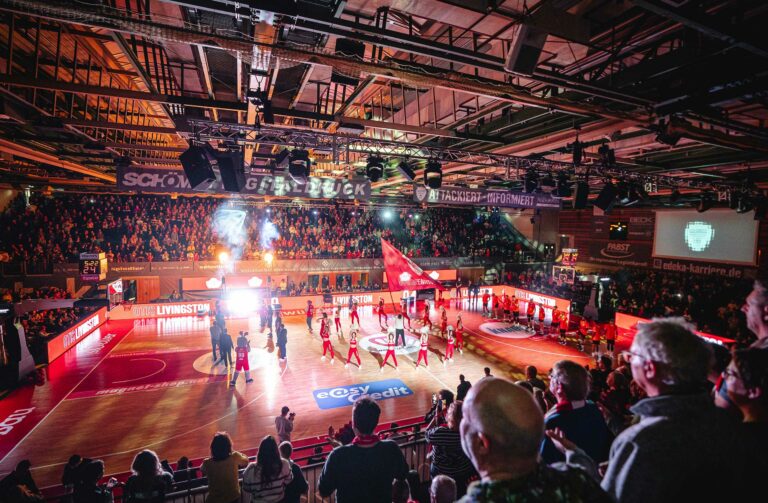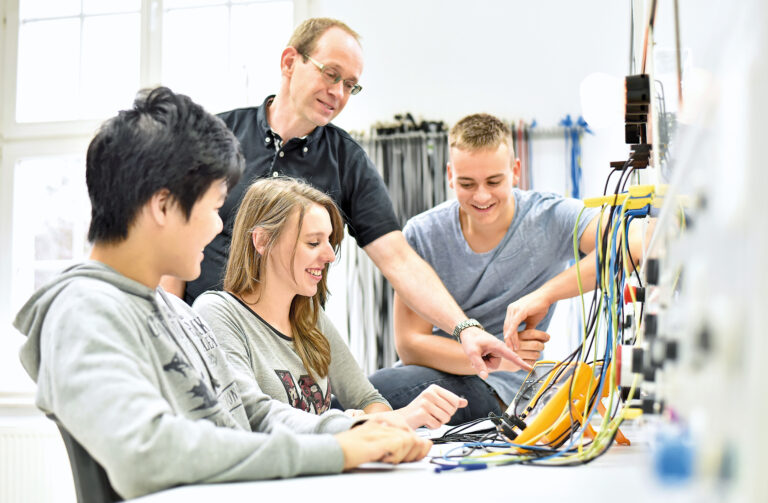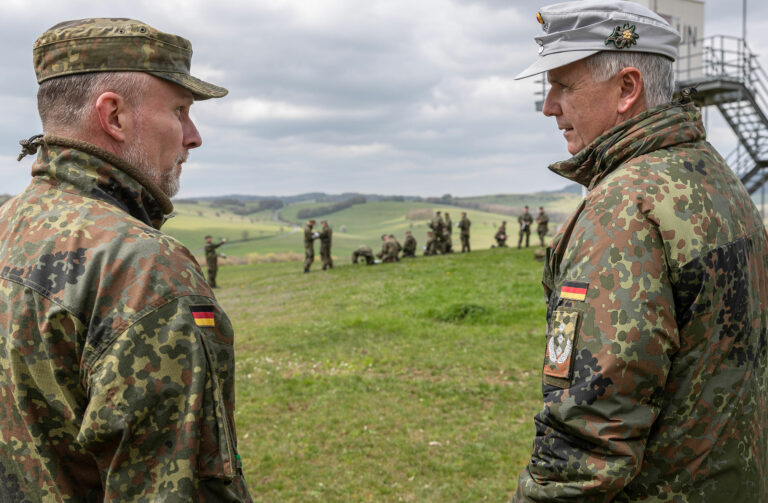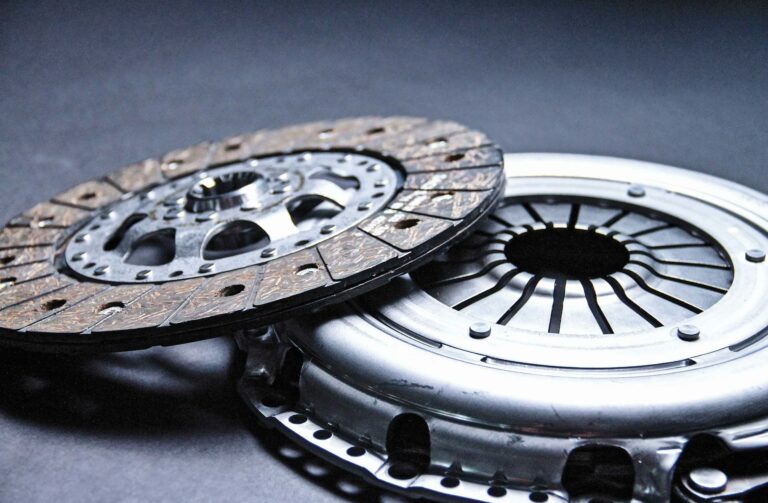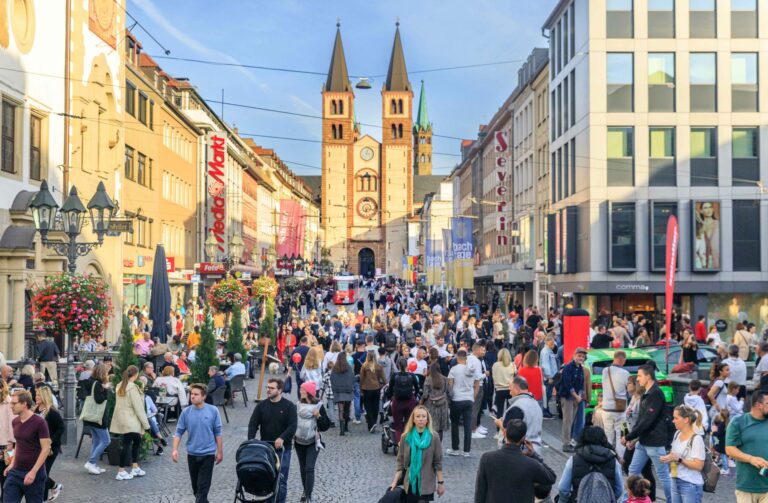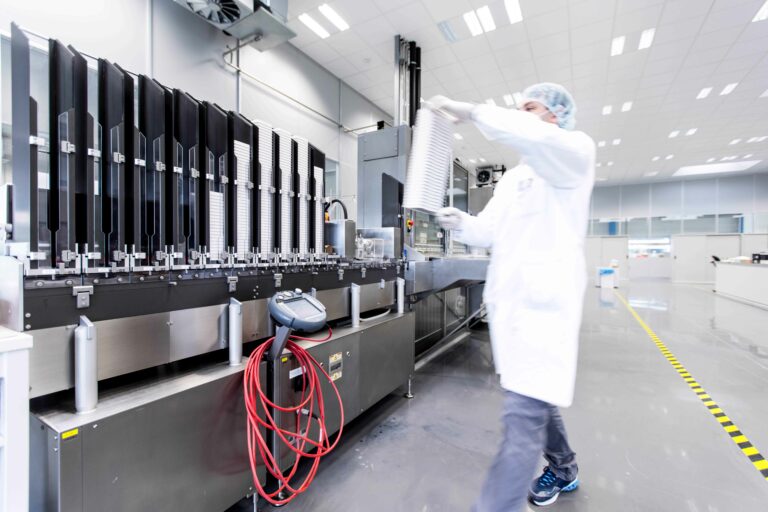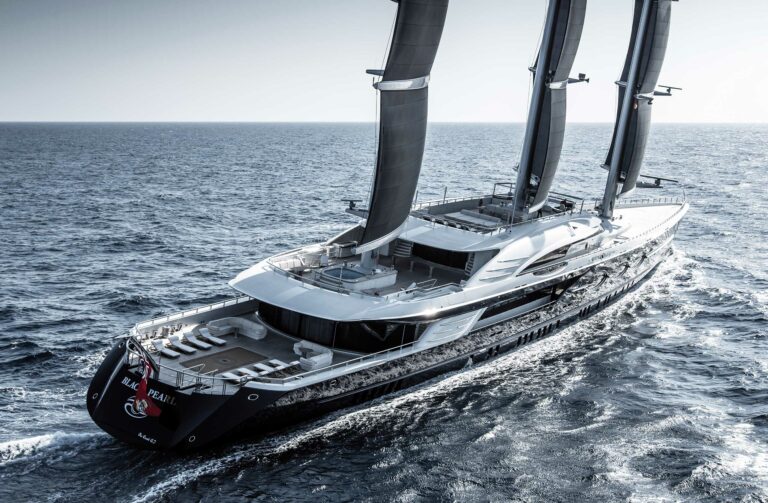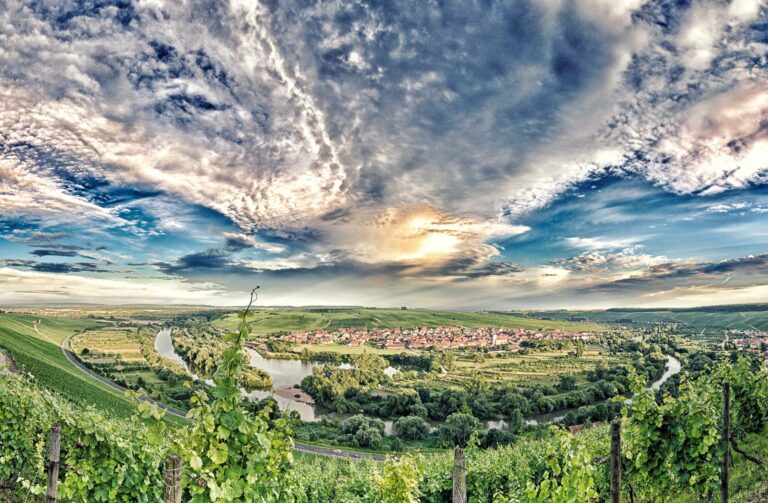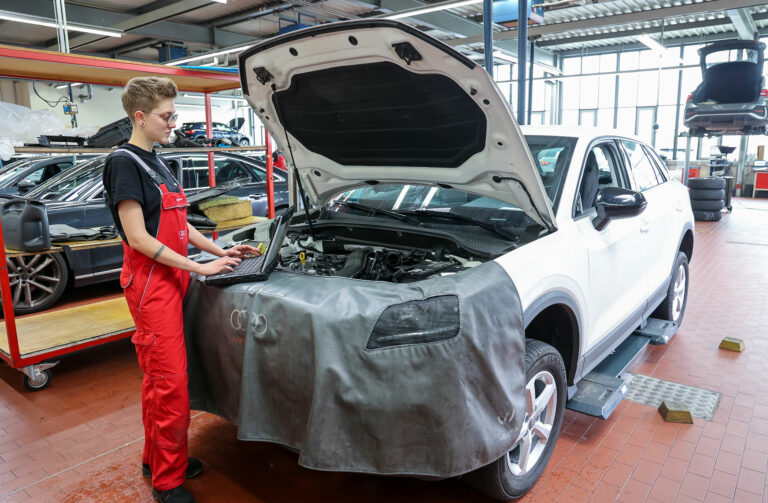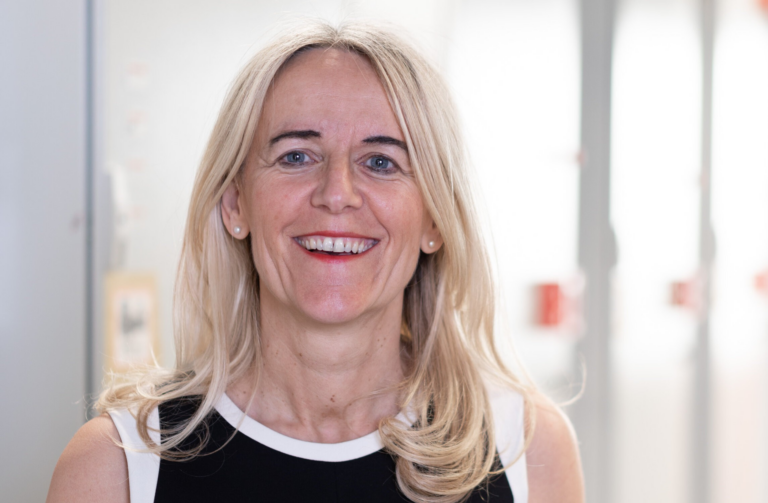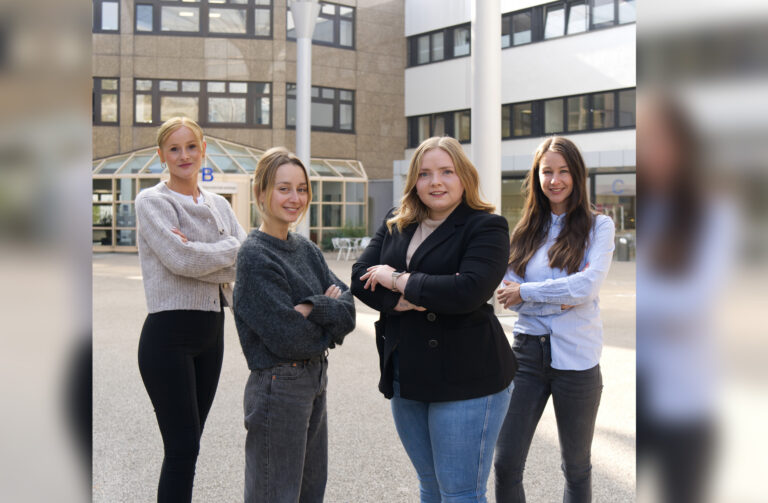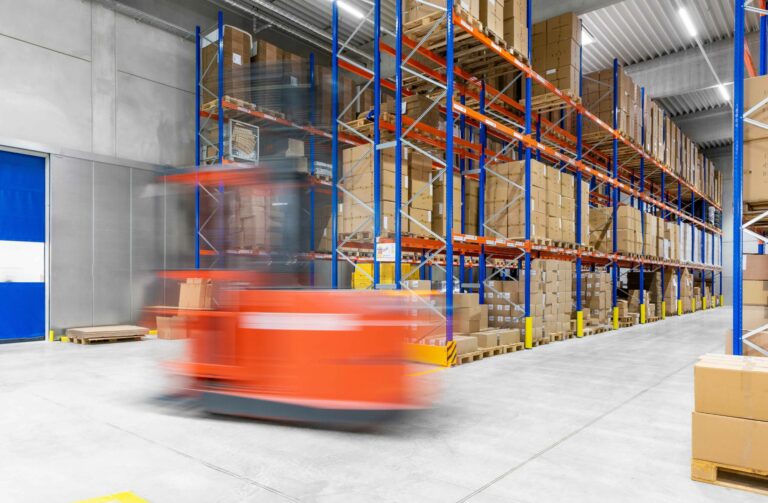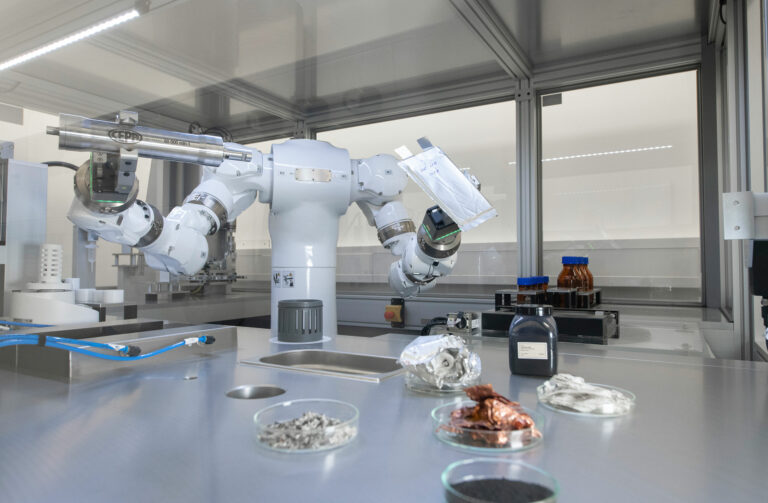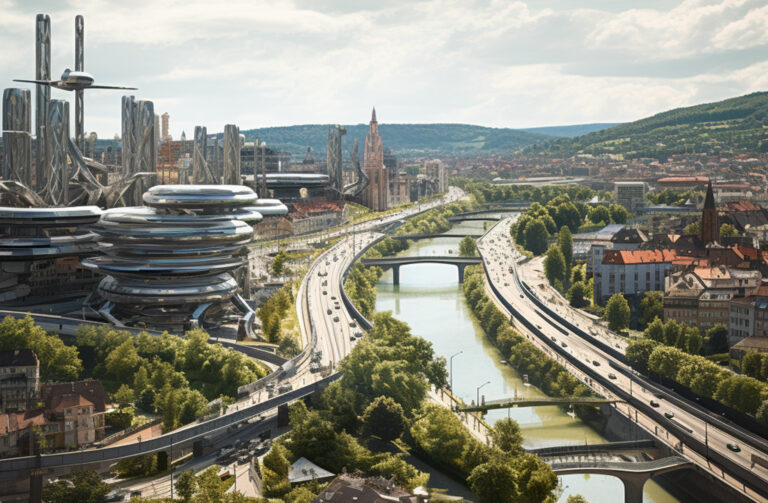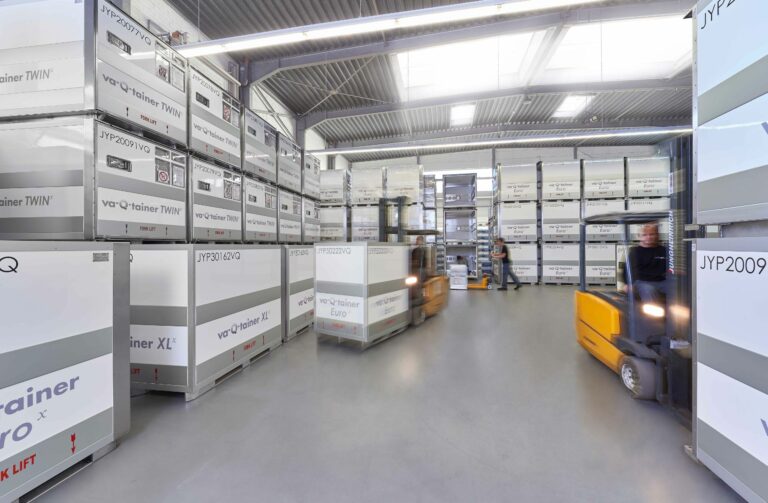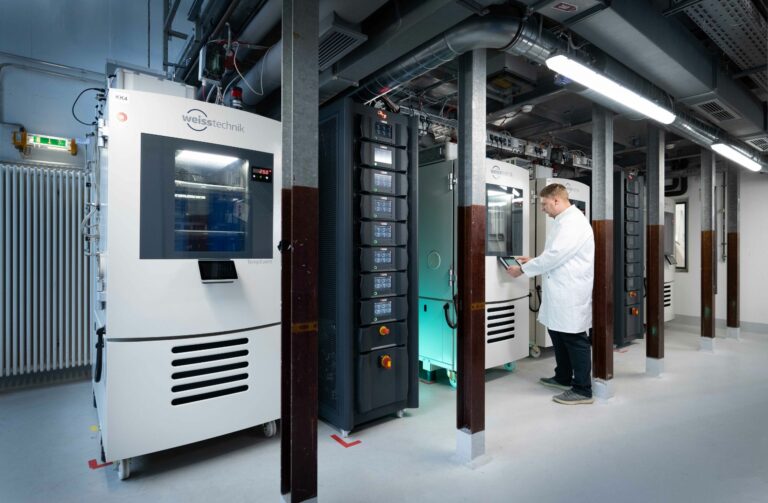Hidden Champions – at home on the world markets
World market leader – this title is associated with names of well-known companies that dominate their respective product niches and strong brands. Think of caffeinated soft drinks, popular electric cars, a search engine with high intensity of use or IT company products adorned with a bitten fruit or cross window – to name just a few examples. One might also associate the term world market leader with complex corporate networks and subsidiaries that are spread all over the globe. Or with successful and strongly capitalised joint-stock companies whose economic development is included in indices, which in turn are used to evaluate the economic dynamics of regions, nations and entire continents. It is easy here to overlook the fact that even companies that are not (yet) huge corporate groups and, despite their market power, tend to have a regional profile, can be at the top of their product niches on a continental or global scale. And yes, Main Franconia also has a few of these hidden champions.
The founder of the hidden champions theory is Hermann Simon, professor emeritus of economics, author and management consultant, who coined the term hidden champions in 1990 and described three key criteria for defining this type of company. Hidden champions lead the world market in first, second or third place in their industry or come in first place on their home continent. Furthermore, their annual turnover is usually less than three billion euros and their level of visibility among the general public is comparatively low. They often serve narrow niche markets, are owner-managed and not listed on the stock exchange. In his studies, Simon found, among other things, that small and medium-sized enterprises in Germany in particular meet the criteria of hidden champions, not least because of the high performance in industrial production and the propensity of the German economy to export. In addition, when comparing figures on business performance, they usually occupy a position between the group of small and medium-sized enterprises (SMEs) and corporate groups.
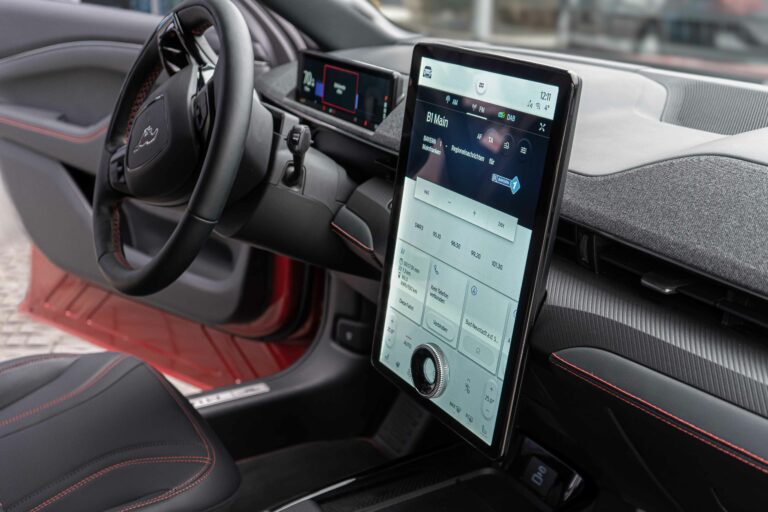
Since the introduction of the term and the underlying theoretical framework, several studies have been conducted that address the question of how many companies in Germany can be classified as hidden champions. Unfortunately, most publications only show absolute numbers and do not list company names. One exception is a publication by the University of St. Gallen.2 Although the definition of the “secret world market leaders” mentioned there differs slightly from that of hidden champions according to Simon3, the study identifies several Main Franconian companies that can legitimately call themselves hidden champions:
- FRÄNKISCHE Rohrwerke Gebr. Kirchner GmbH & Co. KG has been based in Königsberg in Bavaria (Haßberge district) since 1906. From there, it manages the production of pipes, accessories and system components for building construction, civil engineering, automotive and industrial applications, now in the third generation.
- Knauf Gips KG originally came from the Saarland, from where it moved its head office to Iphofen (Kitzingen district) after the Second World War. The family-run company specialises in the manufacture of dry construction products and plasters, among other things.
- Kurtz Holding GmbH & Co. Beteiligungs KG, based in Kreuzwertheim (Main-Spessart district) looks back on a company history that dates back to 1779. In addition to the production of foam and foundry machines, the company focuses on the areas of mechanical engineering, automation and the production of electronic components.
- Würzburg-based va-Q-tec AG is a spin-off from Zentrum für Angewandte Energieforschung e. V. (ZAE Bayern). Since 2001, the company has been developing and marketing highly efficient insulation materials and packaging systems, which are used in medical technology and logistics, for example.
- Preh GmbH was founded in Bad Neustadt an der Saale in 1919 and manufactures sensor components and battery management control units for electric and hybrid vehicles as well as operating systems for passenger cars and commercial vehicles.
- Rösler Oberflächentechnik GmbH was founded as a company in 1933 in the former Sudetenland. Since 1980, the company has been manufacturing equipment in the areas of mass finishing and shot blasting technology at its Untermerzbach site in the district of Haßberge, among others.
- WENZEL Group GmbH & Co. KG, based in Wiesthal (Main-Spessart district), has been manufacturing coordinate and gear measuring equipment since 1968. The company also offers its own measurement technology software.
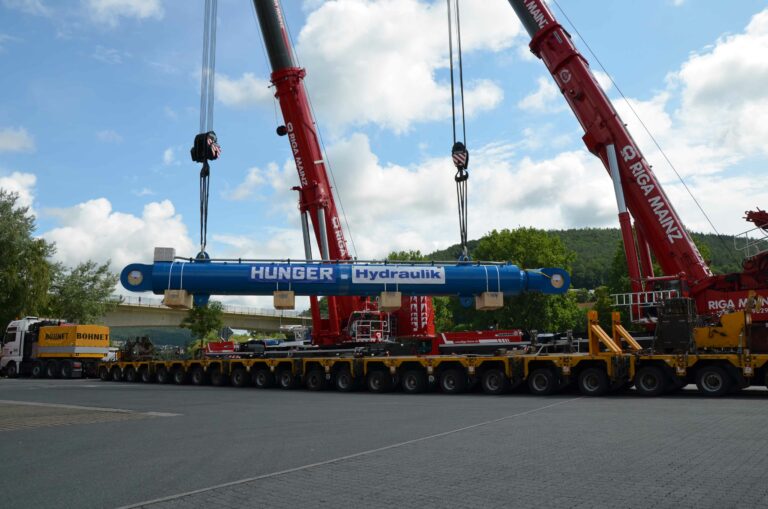
It should be emphasised that the examples of hidden champions mentioned here far from exhaust the high number of internationally extremely successful companies that have their head offices in Main Franconia. On the contrary, the entire economic region is home to export-oriented manufacturers and service providers that are also extremely successful on the world markets. Many of these companies are managed by their owners and are family owned, which is also an aspect that links them to most of the hidden champions. What they also have in common is a high degree of flexibility, because unlike corporate groups, hidden champions in the narrower or wider sense are not hampered by complex, global decision-making regimes with elaborate voting processes. This contributes enormously to Main Franconia’s adaptability and resilience to crises.
Why is Main Franconia so interesting as a location for hidden champions and export-oriented companies? On the one hand, the location of the economic area in the middle of Germany and Europe, as well as its excellent accessibility using all modes of transport – by water, motorways and railways or via nearby international airports – contribute decisively to the attractiveness of Main Franconia as a production location. In addition, universities and non-university research institutes are closely networked with the business community and spread across the region. They promote a constant transfer of knowledge for internal company development and facilitate finding and retaining highly qualified specialists. In recent years, intensive work has also been done on creating attractive framework conditions for entrepreneurs, university spin-offs and pioneering start-ups in order to promote the diversification of economic structures. Another important factor is the wide range of locally based suppliers, logistics companies and other business-related service providers. On the other hand, Main Franconia is undoubtedly an attractive region with a wide range of offers for cultural and leisure activities, a mix of urban and natural structures and comparatively favourable location and living costs. These reasons also explain why other German hidden champions have settled in Main Franconia, whose head offices are outside the region. The study by the University of St. Gallen names 21 such companies, including BASF, Brose, Continental, Daimler, Fresenius, Robert Bosch, Schaeffler, Siemens, Südzucker and ZF Friedrichshafen.
Finally, it should be emphasised that Main Franconia itself also benefits from its “hidden champions”. In addition to the above-mentioned contribution to the region’s sustainability and resilience to crises, as employers, hidden champions offer a real alternative to large corporations, which are usually based in metropolitan areas. They contribute to the region’s image, invest locally in the technical and social infrastructure, are important business tax payers and, through cooperation with regional partners, ensure that part of the globally generated added value remains in Main Franconia. So, it is not surprising that these companies regularly win important regional and national awards, such as the “Main Franconia Most Family-Friendly Employer Competition”, the “Main Franconia Sustainability Award”, “Bavaria’s Best 50”, the “Grand Prix of SMEs” or the “European Business Award”.
Header picture: va-Q-tec cool boxes from Würzburg are probably the most technologically advanced on the market. They can maintain temperatures of up to minus 70 degrees Celsius for up to ten days at a time – without an external power supply. This is hugely important, especially when transporting pharmaceutical products, not least coronavirus vaccines during the recent pandemic. Photo: va-Q-tec
